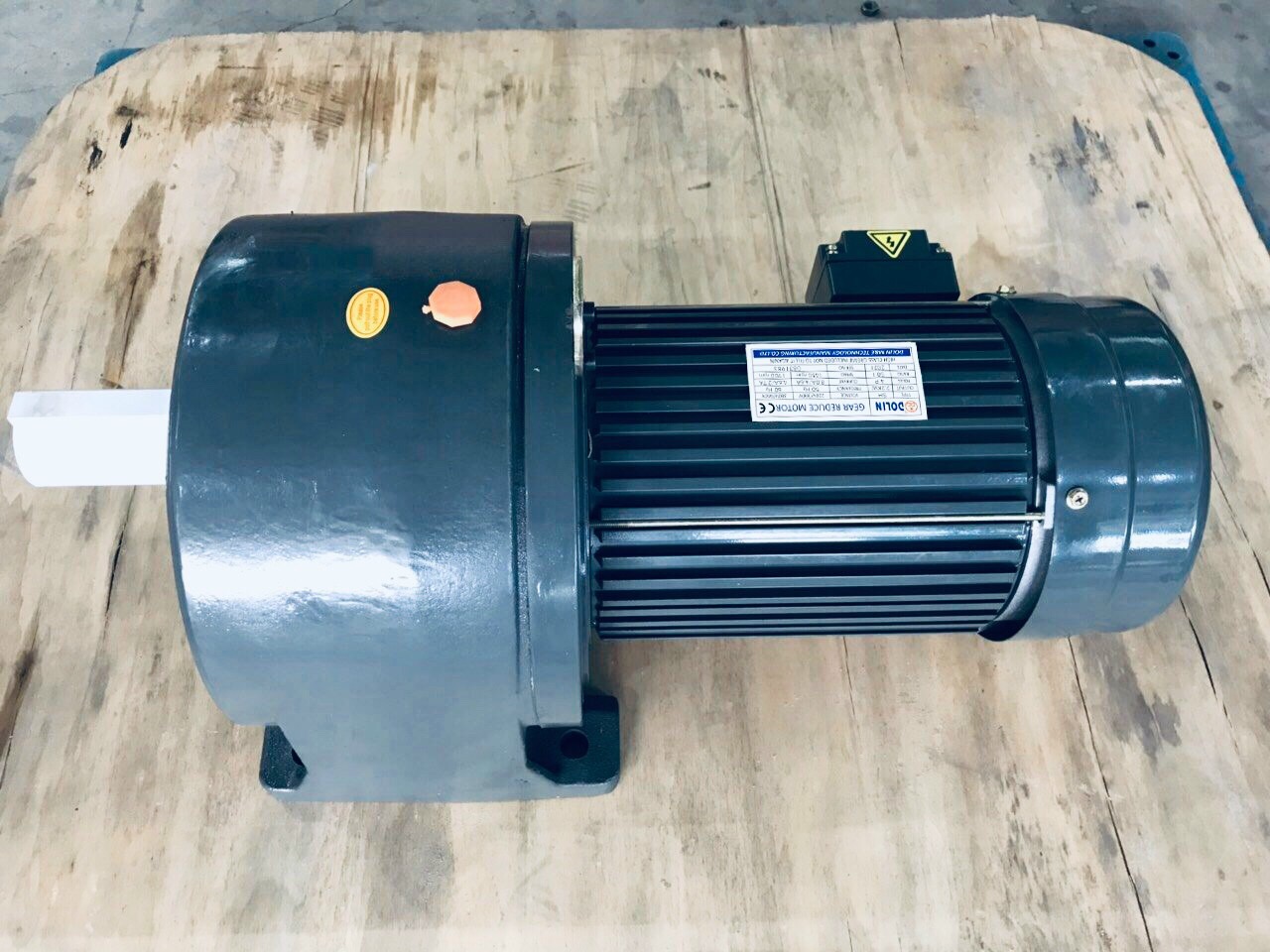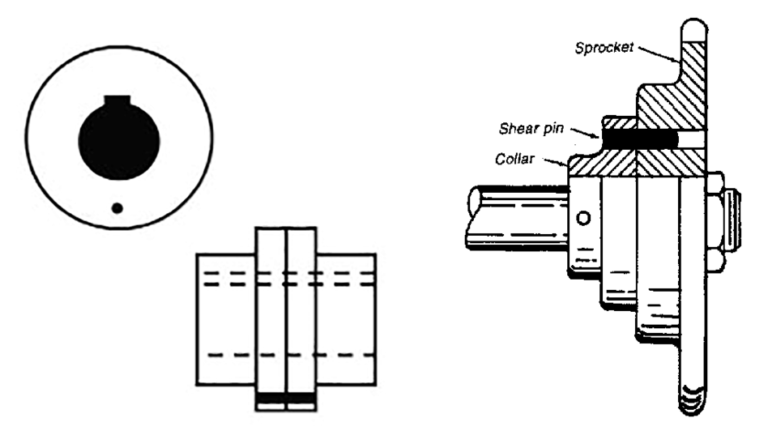- Home
- /
- News
- /
- Industry News
How do shear pin torque limiters work and when are they used?

Shear pin torque limiters are a simple, cost-effective design for protecting equipment from torque overloads. In their most basic form, they incorporate a pin (or, for very high torque ratings, multiple pins) inserted between two rotating elements, such as discs or flanges.

When torque is being transmitted from the driving to the driven load, the pin experiences a shear force. If the transmitted torque causes a force that exceeds the pin’s shear strength, the pin breaks and the driving and driven loads are immediately de-coupled. This immediate de-coupling of the load makes the shear pin design a type of “disconnect” torque limiter.
Shear pin torque limiters are often compared to fuses because they’re designed to break and be replaced — rather than simply disengage and reset — after being tripped.
One drawback of shear pin torque limiters is that because the shear pin is sacrificed, it must be replaced, meaning downtime and labor costs are incurred before a restart is possible. Another drawback is the difficulty in predicting or setting the torque load at which the shear pin will break. The accuracy of a shear pin design’s rated torque, for example, is typically in the range of ±20 percent, while the rated torque accuracy of a ball detent torque limiter is in the range of ±5 percent. And even small stresses that occur during normal operation can weaken the shear pin over time and reduce the amount of torque required before the pin will break. To combat these issues, some manufacturers use specially-designed hollow shear pins.

Another variation on the basic shear pin design uses wedge-shaped shear pins. Like traditional shear pin designs, the wedge pins are designed to break at a specific torque, but the accuracy of breaking torque is typically better than ±10 percent — a significant improvement over the accuracy of traditional shear pins. The wedgepins are also much easier to replace than traditional shear pins, reducing downtime and labor for resetting the torque limiter once it has tripped.
Shear pin torque limiters are a simple and cost-effective solution in heavy industrial applications such as mining equipment, rotating equipment in paper mills, pumps for water treatment, and large conveying systems. However, because of their low breaking torque accuracy, shear pin designs are rarely found on servo-driven systems, which commonly use ball detent, magnetic, or friction-based torque limiters. And for applications that can see extremely high torque (and horsepower) conditions — several kNm and above — hydraulic torque limiters are sometimes chosen over shear pin designs.
Key: Vertical 3 Phase ac induction motors, electric motor, Vertical Inverter Duty motor, DC Brake motor Oil Pressure Motor, helical gear motor, AC mini Induction DC gear motor, Gear reducer motor series, NMRV NRV worm reducer series, Worm reducer series, Horizontal Inverter duty, worm gear series, ac motor, vertical gearmotor, helical horizontal gearmotor, gear reduce motor, bevel gearmotor, cyclo gear motor, NMRV gear motor, worm reducer
Newer articles
- Gearbox Service Factor: What Is It & Why Is It Important? (13/10/2020)
- Gearbox Noise & Vibration: Shaft Mount Reducer Solutions (14/10/2020)
- When Should I Change the Oil in My Reducer? (15/10/2020)
- What You Need to Know About Gearbox Service Factor (16/10/2020)
- Single Phase Induction Motor and Its Working (12/10/2020)
- Single-Phase Motor - Types, Uses, Advantages and Disadvantages (09/10/2020)
- Helical bevel gear reducer (07/10/2020)
- Single phase Induction Motors (08/10/2020)
- Difference Between Single Phase & Three Phase Induction Motor (09/10/2020)
- What is inrush current in an AC motor and why does it matter? (06/10/2020)
Older articles
- What is direct torque control (DTC) for AC induction motors? (03/10/2020)
- What function do thermistors and KTY sensors serve in motors and gearmotors? (02/10/2020)
- What is the Machinery Directive and how does it relate to motion system safety? (30/09/2020)
- Geared Motor Types and Their Importance (30/09/2020)
- What is the structure of a gear motor? (29/09/2020)
- Difference between drum motors and gear motors for food conveying (29/09/2020)
- How to choose service factor of a gear unit (29/09/2020)
- The Difference Between Gearbox Service Factor and Gearbox Service Class (28/09/2020)
- What is Gearbox Service Factor? Why is it Important? (26/09/2020)
- Gearbox service factor and service class explained (26/09/2020)





Join